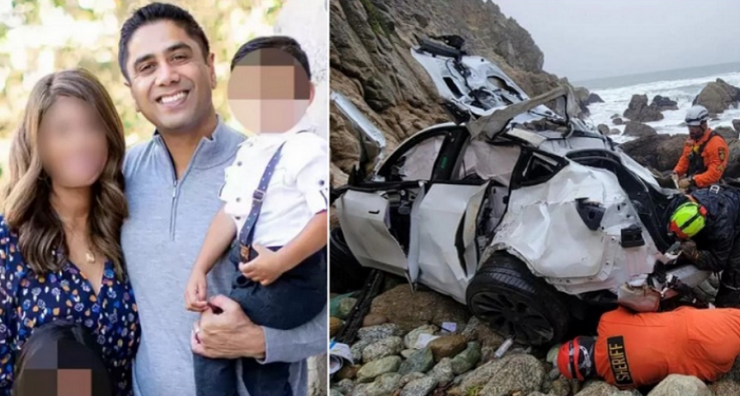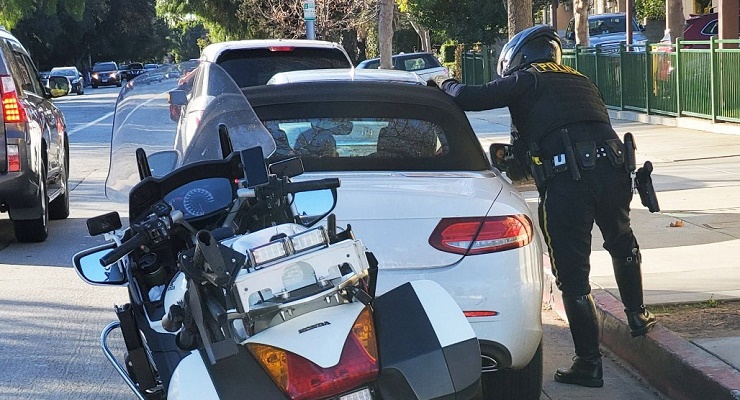[Editor’s note: Black Lives Matters Pasadena organizer Jasmine Richards was arrested shortly after an August 29, 2015 incident and charged with attempting CA Penal Code § 405a, known at the time of her arrest as “felony lynching.” On January 1, 2016, SB 629, introduced by State Senator Holly J. Mitchell, came into effect and the law’s name was officially changed to Unlawfully Removing a Suspect from Police Officers. However, Mitchell said earlier this month, “the term ‘lynching’ continues to be used.” ]
 I was a high school senior when Emmet Till was lynched – mature enough for its horror to register with me. But the reality of lynching didn’t become deeply personal until June 22, 1964, at Miami University in Ohio when SNCC trainers announced to we SNCC trainees for the Mississippi Freedom Summer that James Chaney, Andrew Goodman, and Michael Schwerner were missing,
I was a high school senior when Emmet Till was lynched – mature enough for its horror to register with me. But the reality of lynching didn’t become deeply personal until June 22, 1964, at Miami University in Ohio when SNCC trainers announced to we SNCC trainees for the Mississippi Freedom Summer that James Chaney, Andrew Goodman, and Michael Schwerner were missing,
Even though their bodies were not uncovered until several months later, we immediately knew their being missing meant they were lynched. We had to face the formerly abstract but now concrete reality that, if we continued to Mississippi as we planned, we risked the same lynching fate that doomed our fellow civil rights activists Chaney/Goodman/Schwerner. Some went home, but most of us went on to Mississippi to help build the Mississippi Freedom Democratic Party and to teach in freedom schools. I stayed at Fannie Lou Hamer’s home in the racially-segregated Black section of Ruleville Mississippi that summer. The potential for lynching was omnipresent, so I always looked over my shoulder to see if White Mississippians might be behind me. I avoided Whites after dark, especially the police.
So today I can’t find adequate words to convey the outrage at the prosecution of Black Lives Matters activist Jasmine Richards for violation of California’s anti-lynching law arising from an incident in a Pasadena park where Richards and others apparently interfered with officers arresting a Black youth. Unlike historical lynching, any interference was clearly not intended to harm of kill the Black person subject to arrest. LA County District Attorney Jackie Lacey’s office prosecuting Richards for “felony lynching” turns upside down a law enacted to thwart the heinous brutalization of Blacks who were too uppity during America’s Jim Crow era and were seized by White mobs for the purpose of hanging them. Lacey’s overcharging turns California’s anti-lynching law into a new means to punish Blacks who bother Whites.
The lay meaning of lynching is extra-judicial killing – especially by mobs, especially by hanging, especially of Black men, and usually of men suspected of crimes. The word “lynching” evokes the searing image of Blacks hanging from trees with a White mob looking on. The majority of lynchings were in southern states. But the iconic image of lynching is that of a Northern White mob – in Marion, Indiana – celebrating the hanging of two Black youths who were arrested for allegedly raping a White girl; after their death, the girl testified she was not raped. The mob of an estimated 10,000-15,000 Whites broke into the Marion jail, beat, stabbed, and mutilated the Black youths, and hung them from trees. Following a common practice in lynchings, a photographer was called in to formally take a picture; contemporaneously, he Marion lynching photo was widely distributed by a post-card and has ever since been the most commonly used picture of lynching.
Lynching has been predominantly a racial crime by Whites against African-Americans. Lynching was a central part of the social control of African-Americans during the Jim Crow era. The Tuskegee Institute maintained statistics indicating that 4,730 people were lynched in the U.S. from 1882-1951. Beginning in 1919, the NAACP and other progressive organizations such as the ACLU agitated for federal anti-lynching legislative. Although anti-lynching laws were passed by Congress 3 times, they never passed because Senate Democrats filibustered them. But a number of states, including California, passed anti-lynching laws. By the time in 1955 that Emmett Till was lynched and 1964 when Chaney/Goodman/Schwerner were lynched, public sentiment had shifted enough and the risk of prosecution – although still remote – increased enough that public mob spectacles were in the past. The 1950s-1960s lynchings were done by a small mob of surreptitious vigilantes in Emmet Till’s case and by the Philadelphia Mississippi police and a small vigilante mob in the case of Chaney/Schwerner/Goodman. The victims were no longer public spectacles hanging from trees; rather, their mutilated bodies were buried or hidden.
While about 3/4 of lynchings were racially motivated, about 1/4th of the lynchings have been racially unmotivated lynching of Whites by Whites. California’s anti-lynching law, Penal Code §405a, was passed in 1933 after a White mob in San Jose lynched two White men. The civil rights and civil liberties anti-lynching advocates were able finally to succeed when the victims were White. I’ve never heard of an African-American mob “lynching” a White man in the classic way that ‘lynching’ is understood – i.e., a Black mob storming a jail to remove a White man, dragging him out of the jail, hanging him from a tree, and standing around celebrating. Predominantly but not exclusively, lynching was a racist crime against Black America.
But in the 21st Century, the meaning of lynching is being changed to make it a crime by Black activists against the police. The seeds for that transformation go back to 1971 when, in the case of People v. Jones, 19 Cal. App. 3d 437, a California court rejected the contention that California’s anti-lynching law’s purpose was anti-discrimination and held instead that its purpose was to protect police officers from the dangers involved in confronting mobs. Inventive Southern prosecutors began early in this century using the anti-lynching laws against Blacks. See, for example, Lubbock Avalanche-Journal “South Carolina’s anti-lynching law used mostly against blacks,” May 18, 2003. The practice spread to California recently – e.g., the Black activist Tiffany Tran in Oakland in December 2012 and biracial activist Maile Hampton in January, 2015.
The prosecutors in the Tran and Hampton cases were tone deaf in exercising their prosecutorial discretion to turn the anti-lynching law on its head by using it to prosecute Black activists. But ultimately they at least had the good sense to reverse their dumb initial decisions, drop the felony lynching charge, and prosecute under the lesser charge of misdemeanor interfering with a peace officer. The LA Times’ Patt Morrison wrote an Op-Ed on May 15, 2015, entitled “California’s anti-lynch law – the word is there for a reason.” She quoted Sacramento’s Chief Deputy District attorney as explaining that the interference charge against Hampton does not “carry with it the racially charged and inflammatory terminology” of the felony lynching law. In response to the controversies over the anti-lynching statute, the word “lynching” was removed from the statute in 2015 – as though removing the word could suppress the fact that the anti-lynching statute was being used against Black activists.
Jasmine Richards has been an uncompromising critic of the Pasadena police by, for example, constantly using her free speech and free petition rights to call out at City Council meetings the officers who shot and killed the unarmed Kendrec McDade as “murderers.” Her’s is the voice of the Pasadena street, and many in Pasadena would like to silence her often unpopular speech. Lacey’s charge of choice – felony lynching — is a political prosecution because Richards was singled out and over-charged because of her speech critical of the police.
Jackie Lacey surely knew all of this history of lynching and the Pasadena police desire to silence Richards when she made the decision to use California’s anti-lynching statute in order to prosecute and convict Jasmine Richards rather than prosecuting under the misdemeanor interference with a police officer statute. Lacey’s over-charging decision is offensive; it betrays the long fight against the lynching of African-Americans by the NAACP — and probably by Lacey’s own ancestors.
Dale Gronemeier is a Pasadena-area civil rights attorney.














 0 comments
0 comments


